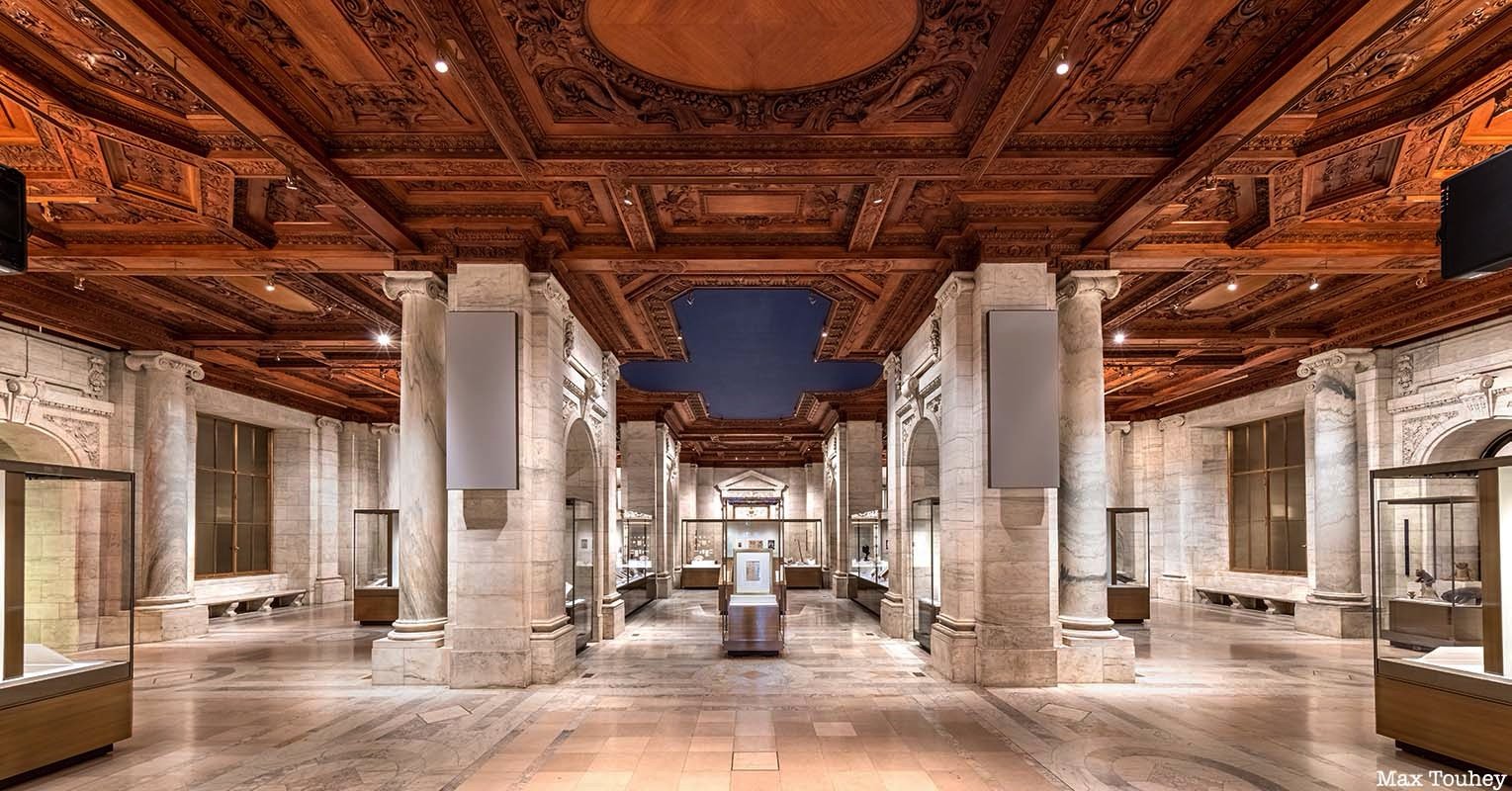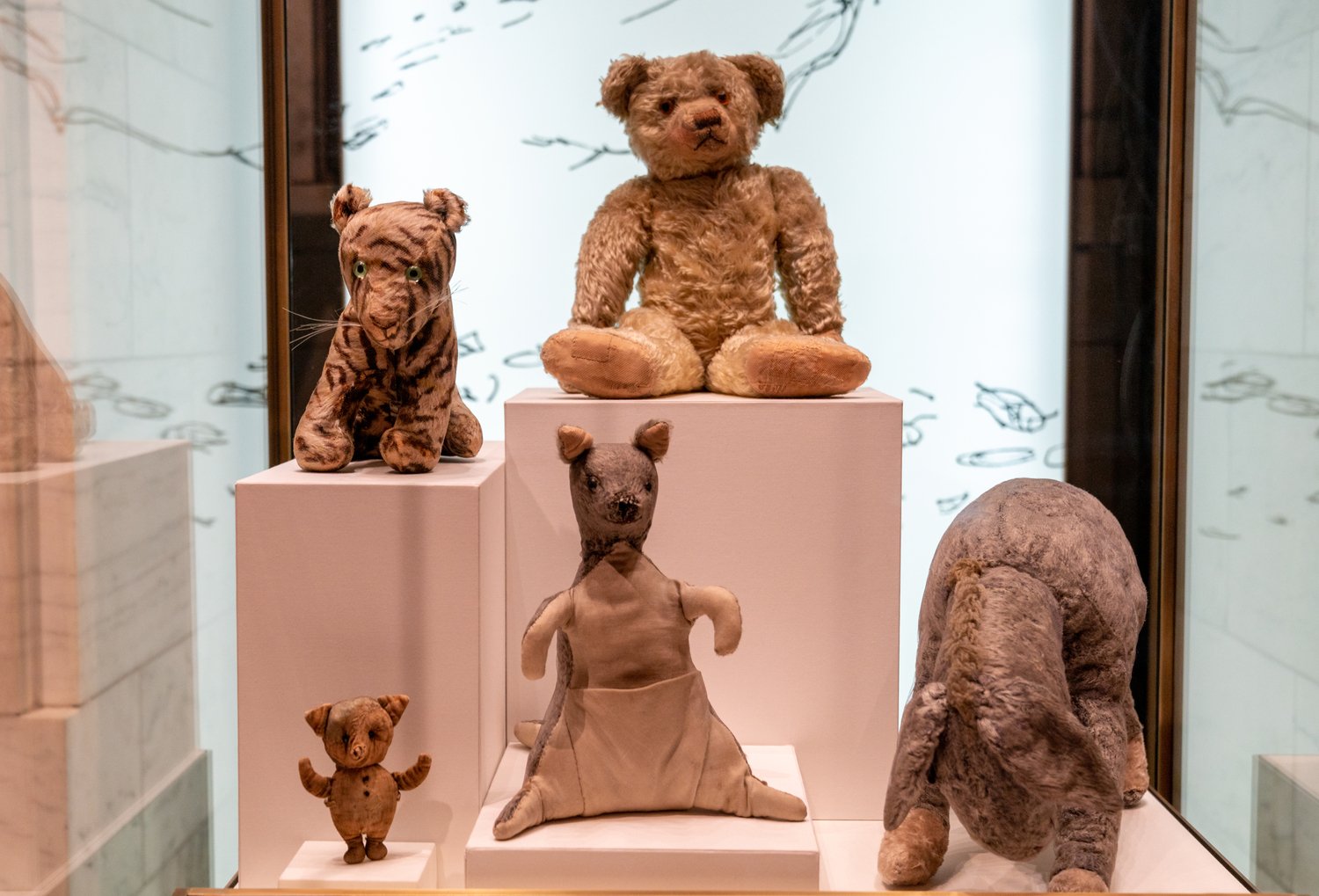Highlights of the Polonksy Exhibition at the New York Public Library
| Photo courtesy of Untapped New York
The Polonsky Exhibition has been open at the New York Public Library for over four months. With free admission and no vaccine entry requirement, this is one of the most prominent and accessible centers of knowledge in New York.
The Polonsky Exhibit promises to “showcase some of the most extraordinary items from the 56 million in our collections.”
It did not disappoint. Here are just five articles of interest on display:
5. St. Louis, Missouri, police certification of the escape of Harry Houdini (1874–1926)
| Photo courtesy of the New York Public Library
Obscure magician Erik Weisz was living a relatively average life performing under the name “Harry Houdini.” In 1899, theater manager Martin Beck suggested Houdini specialize in escapes. In late August, Houdini performed in St. Louis, where the Chief of Police signed this document, certifying that, “we stripped Harry Houdini stark naken, sealing up his mouth with plaster, and hand-cuffed and leg-shackled him chaining his hands to his feet; and he successfully extricated himself from everything locked upon him.”
This gave Houdini much more legitimacy than the average American vaudeville act. By the early 20th Century, Houdini was stunning thousands in his tour throughout Europe.
4. First edition of An Inquiry into the Nature and Causes of the Wealth of Nations
| Photo courtesy of The New York Times
During the 18th century, protectionism was the norm in European economic policy. European nations waged many wars in this period to gain control over natural resources. In 1776, Scottish Economist Adam Smith published The Wealth of Nations. This work singlehandedly founded classical economics, and coined terms that are now fundamental to the economic field, such as laissez-faire, free markets, division of labor and price-specie flow mechanism. This copy is one among the original published editions from 240 years ago.
3. Winnie-the-Pooh and Friends
| Photo courtesy of the New York Public Library
In 1921, Christopher Robin Milne received a stuffed bear from Herrod’s Department Store for his first birthday. The bear was named Winnie-the-Pooh. The real adventures Christopher Robin and Pooh shared were recorded and published by his father in one of the most beloved children’s books ever written. Yes, these are the real plush animals that Milne (and the original publishers) owned.
2. 14th Century Qur’an
| Photo courtesy of the New York Public Library
This copy of the Qur’an was used in a teaching center in Turkey, designed for display and public use. In the wider world, the Qur’an remains one of the most influential religious texts in the world, transmitting the oral tradition of the Prophet Muhammed to more than a billion people worldwide.
1. George Washington’s handwritten Farewell Address
| Photo courtesy of the New York Public Library
After being elected practically unanimously for two consecutive terms, First President of the United States George Washington set about writing his farewell address. With the help of James Madison and Alexander Hamilton, Washington penned sentiments of hope and concern regarding the future of the United States. Washington desired an America united beyond political parties, neutral in foreign affairs, and adverse to bloated military establishments.






